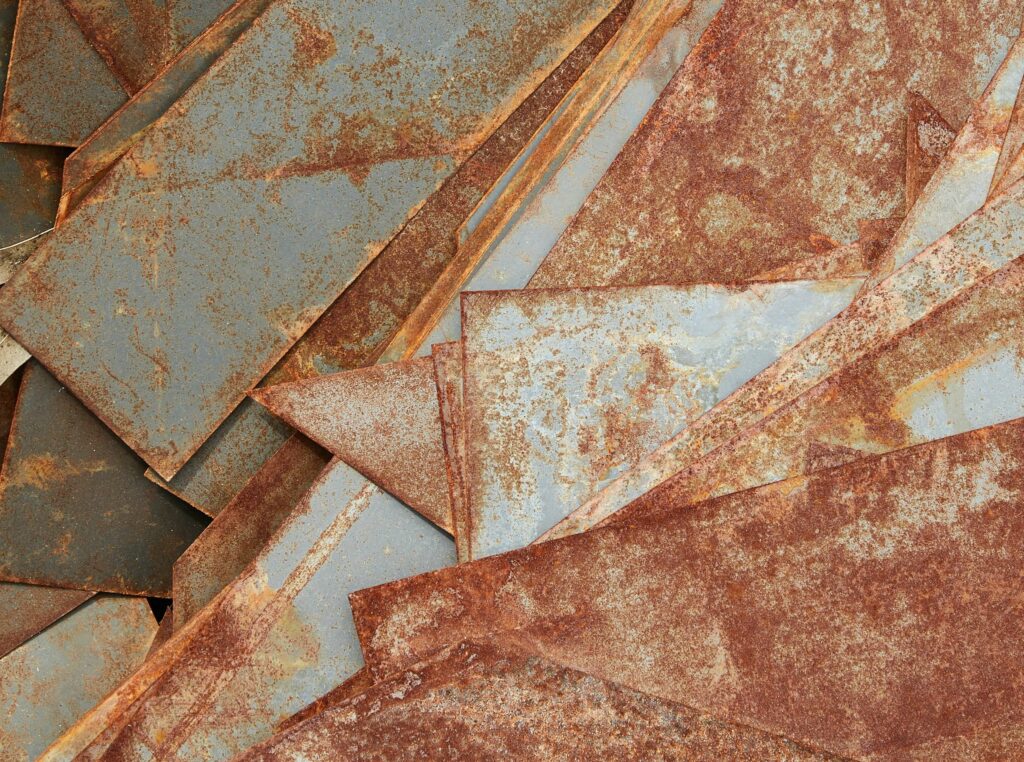Many people think stainless steel can’t be affected by rust, but this isn’t true. No strategy to prevent corrosion is perfect. This article will help you understand how rust can impact your projects using stainless steel, and when you might have to take additional steps to keep rust from being a problem.
What is stainless steel?
Stainless steel is an iron and carbon alloy with chromium and other elements added to help prevent rust from occurring. The chromium reacts with oxygen in the environment the steel is in to create a thin protective film over the metal. This drastically reduces the chance of rust occurring on the surface compared to carbon steel.
What is rust?
Rust is most often referring to iron oxide formed on the surface of an iron alloy as a reddish-brown, crumbly material. Iron oxide forms when iron is exposed to oxygen in a corrosive environment. Some environments that are corrosive to iron include:
- Rainwater
- Seawater
- Water vapor
Rust is a problem for materials because when the iron reacts with the oxygen, it removes the iron atoms from the metal, weakening the material and even eating holes in it over time. Rust can cause your material to fail much sooner than you planned for if you didn’t account for it.
Risk factors for rust developing on stainless steel
The biggest risk factor for rust developing on stainless steel is the environment the steel is in. It’s important to know where your material is planning to be used, especially if it’s a marine environment. Seawater is much more corrosive than rainwater or tap water.
Other variables that can change an environment’s corrosive properties include:
- Temperature
- pH (how acidic or basic an environment is)
- some biological organisms
Also, because stainless steel’s method for protecting against corrosion is a thin physical barrier of chromium oxide, anything that damages this barrier is likely to be a hotspot for rust to form. Scratches, dings, dents, crevices, and places where the metal is welded or bolted to something else increases the likelihood of rust or other types of corrosion forming.
Rust prevention strategies for stainless steel
To prevent rust from forming on stainless steel, prevent the metal from getting deep scratches. Small scuffs and scratches can form a new layer of chromium oxide, but the deeper the scratch, the more likely rust is to form, and once rust forms it covers the surface so the protective chromium oxide layer can’t reform.
It also helps to design parts for corrosive environments without cavities or crevices if possible. Narrow spaces cause higher rates of corrosion due to poor air (or other fluid) flow.
If corrosive failure is expected to be a problem, make sure you are regularly inspecting your components and either replacing or removing rust where applicable. Rust tends to spread once formed, so it’s important to keep an eye on the metal to make sure it’s still sound.
Learn more
If you have more questions about how rust can affect stainless steel and how to prevent it, feel free to reach out to us! We’re experts in stainless and carbon steel welding and manufacturing.
